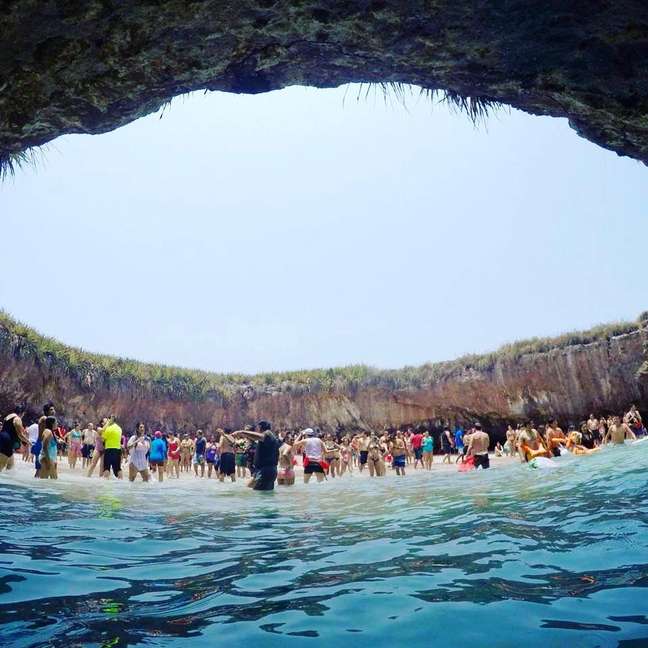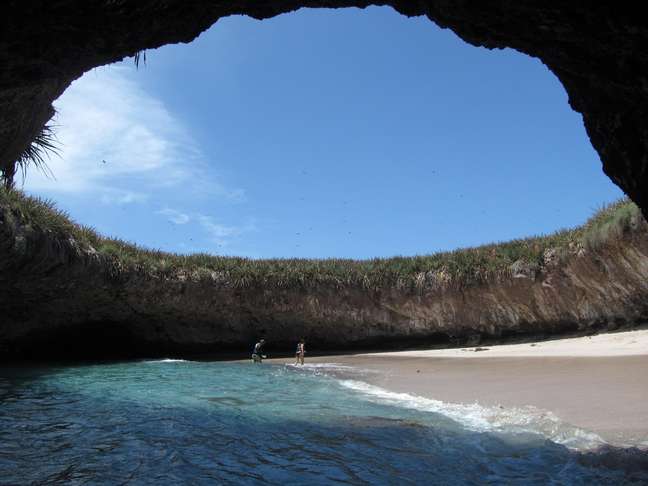How the images that appear in our feed end up putting nature at risk


In the distant past, the “fault” was Hollywood. After the movie The beach, played by Leonardo DiCaprio, Thai Maya Bay has never been the same. Alike, Eat, pray, love chased away the zen atmosphere of Balinese Ubud. For some time, however, the big villains of natural paradises and other idyllic destinations have been social networks.
One of the most striking recent cases was that of the Islas Marietas, in Mexico. The name may not sound familiar to you, but the image below has certainly already painted it in your feed: two volcanic rocks in front of Punta Mita, in the state of Nayarit, on the Pacific coast, where a perfect circumference reveals a paradisiacal beach . , Playa Escondida.
Until 2016, the islands received around 400 visitors a year. After drone images went viral, the place received more than 3,000 people a day, according to a report published in Villagedespite the archipelago being protected by a marine national park protected since the 1970s.
Here is the testimony of Kevin Collyshaw, diving instructor of the region, to the Spanish newspaper:
“People started posting their photos and this meant that more and more visitors wanted to take the same photo, loaded with sunscreen, very harmful to marine ecosystems, touching everything. Even the guides touched the animals to impress theirs. customers. Tourists didn’t care about the snorkeling, the geology of the site, or the birds. They just wanted to take a picture. “
In May 2016, after the islands broke visitor records at Easter, the Mexican National Commission for Protected Natural Areas closed the archipelago to the public, as did Maya Bay, Thailand. After three months they were reopened, with various restrictions. Since then, 116 people have been able to enter Playa Escondida per day without sun protection. And diving is only allowed in specific areas. Now, a permanent surveillance service is financed by the access fee. In these six years of order in the piece, corals have regenerated and the number of fish and birds has increased dramatically.
Examples like this one – with a happy ending – show that, increasingly, the protection of these natural paradises will require much more commitment and investment from the competent authorities.
Source: Terra
Benjamin Smith is a fashion journalist and author at Gossipify, known for his coverage of the latest fashion trends and industry insights. He writes about clothing, shoes, accessories, and runway shows, providing in-depth analysis and unique perspectives. He’s respected for his ability to spot emerging designers and trends, and for providing practical fashion advice to readers.








